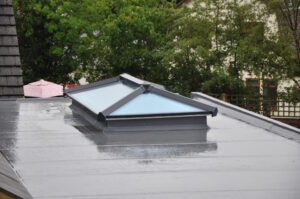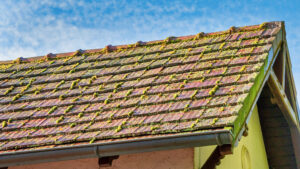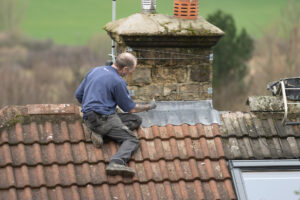Proper ventilation helps in keeping the temperature of the attic balanced. Roof vent fans ensure an ideal temperature is maintained in the attic throughout the year.
What is a Roof Vent Fan?
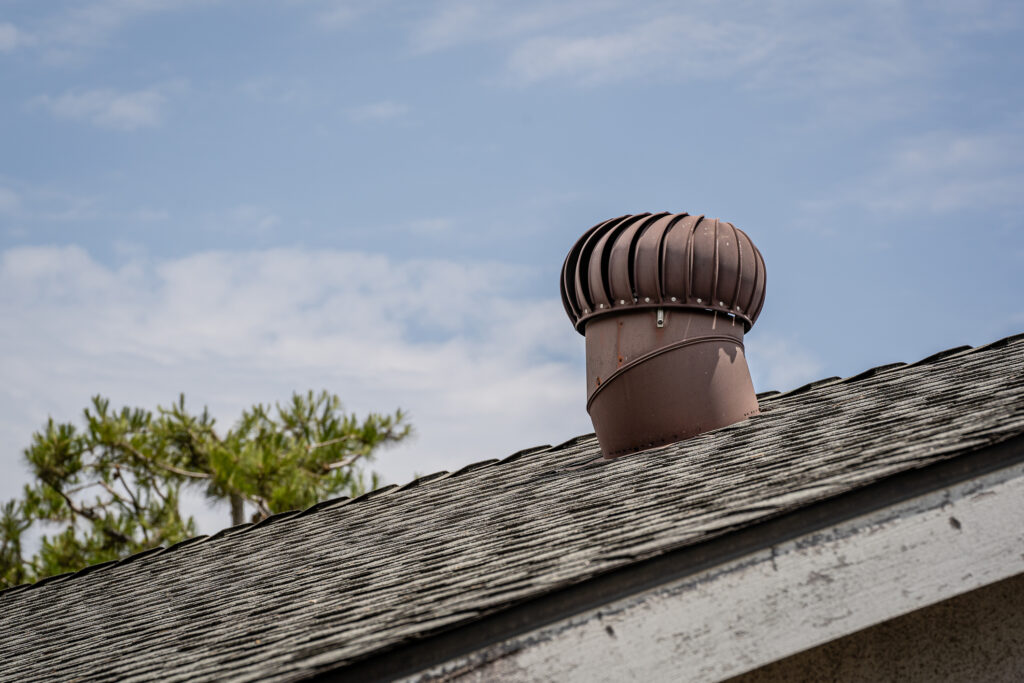
All homes need attic ventilation because they serve their purpose in both hot and cold climates. Homeowners are able to easily control the temperature of their homes throughout the year.
Roof fans are installed on the roof or in the attic through an exterior wall. They work to maintain the temperature of the attic and safeguard the roof.
During the summers, a roof vent fan keeps the attic cool by pushing out the hot air from the attic and drawing in the cool air from the outside. The vent ensures that the hot air doesn’t travel down into your home and increases the temperature. If the hot air goes down, it will increase the temperature of your rooms, causing the AC to work more than it actually should.
On the other hand, during the winter, the roof vent ensures that the temperature of the attic is maintained, and when it is very cold, the roof vents prevent the formation of ice dams. It also clears the air of any moisture, which can cause dampness in the walls of the roof.
Benefits of Roof Vent Fan
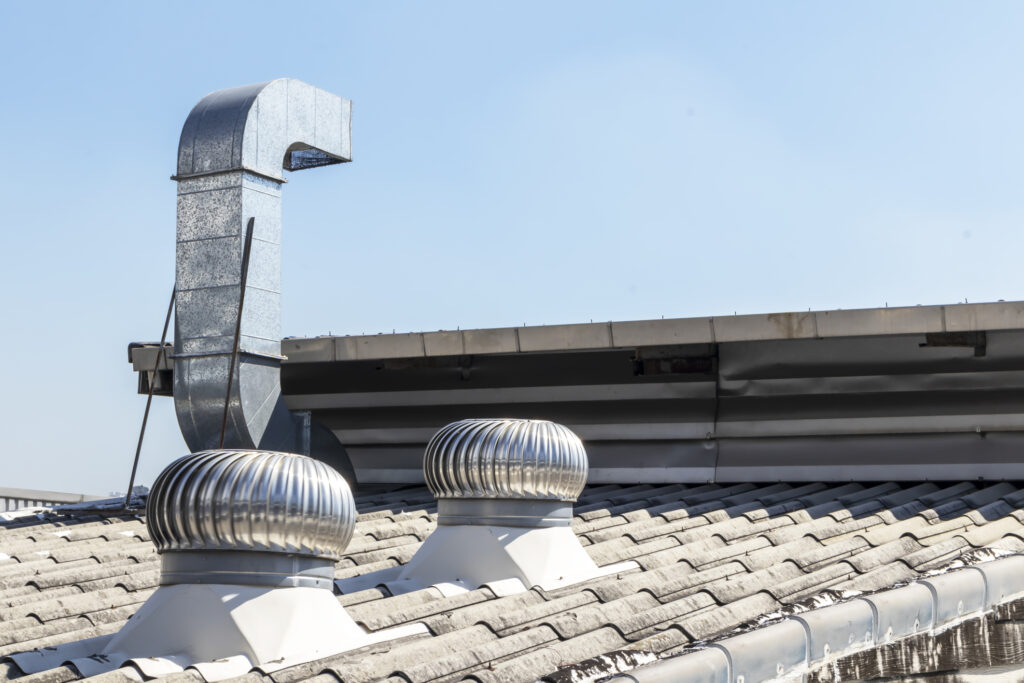
Increases Energy Efficiency
A good roof ventilation system helps in lowering your energy bills. During the summer, the temperatures rise not just outside your home but on the inside, too. Without proper ventilation, the heat tends to get trapped in the attic of your home and further increases the temperature of the house. To keep your home cool, the air conditioner has to work harder, causing your energy bills to go up. Something similar happens during the winters, too. In a well-ventilated attic with a balanced temperature, there is less heat loss through the ceiling into the attic space. This is because the temperature difference between the heated living spaces and the attic is very low. When your home is warm, your room heater doesn’t have to work much to keep it warm. In both situations, your energy bills are balanced.
Prevents Condensation and Formation of Mould and Rot
Preventing condensation is crucial for maintaining adequate roof ventilation, as it can lead to the growth of mildew and decay. Most homeowners do not know this, but our house creates a lot of moisture. Warm, humid air enters your home through the laundry, bathing, cooking, and other activities. This moisture rises to the ceilings of your house and, in the absence of a vapour barrier, eventually finds its way into the attic. Warm air will condense if it reaches a cool surface, such as your roof’s underside. This trapped air results in condensation, which can lead to the biological growth of mould and mildew. Proper ventilation of the roof and attic space keeps your insulation dry and prevents these damages that may be caused by condensation.
Adds to the Life of the Roof
Your roof lifespan can be significantly shortened by improper attic and roof ventilation. It can lead to mould, rot and dampness. Also, a poorly ventilated roof can result in excessively hot attics, where heat accumulation can harm wood framing, rafters, underlayment, and other components. You can assist that air escape and prolong the life of your roofing system by making sure that your roof is properly and evenly vented by installing a good roof vent fan.
Signs that the Roof Vent Fan is Not Working
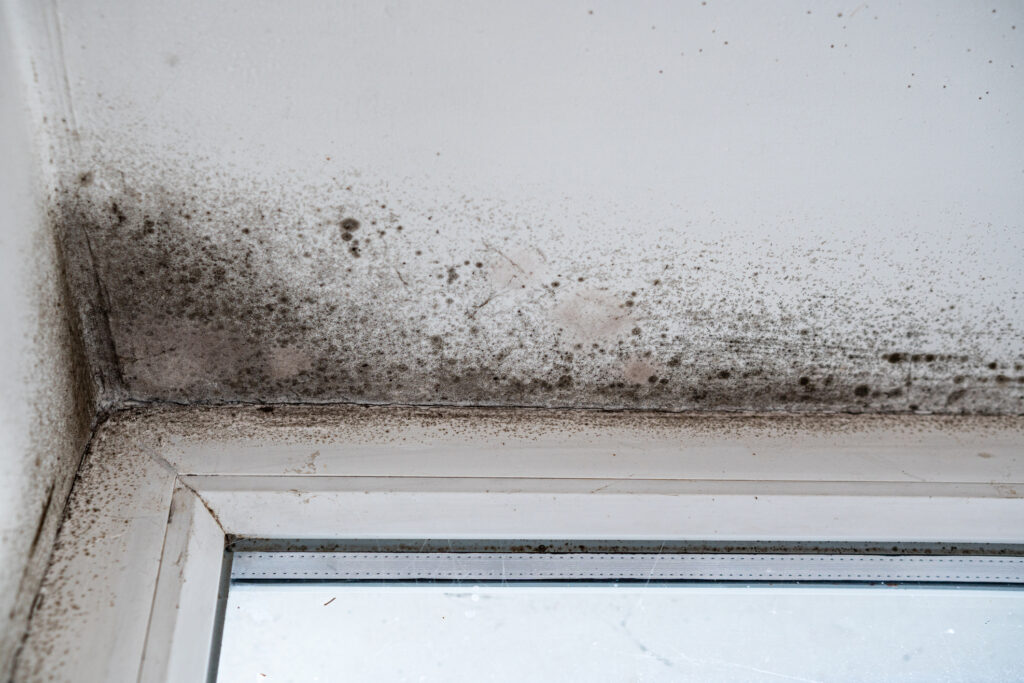
Since we understand the importance of a roof vent fan and that it should be kept working for the many benefits that it has to offer, there may be times when your roof vent fan may need repair or replacement after it has worked to its term. Here are some signs to look out for to understand that your roof vent fan is not working:
Rise in Attic Temperature
When the roof vent fan is working properly, it ensures that the temperature in the attic is balanced. If you notice a sudden change in the temperature of the attic, it can be a sign that the fan is not working correctly.
Rise in Temperature Inside the House
When a roof vent fan is not working, it will fail to dispel the hot air from the attic. This will cause the temperature to rise inside the home, and the rooms will feel overly hot during the summers.
Mould or Mildew Growth
Without proper ventilation in the attic, there will be a lot of humid in the air. Humid environment is perfect for mould and mildew. When you find them in your attic, it is a sign that the roof vent fan is not working efficiently.
Ice Dams in Winter
During the winter season, without the roof vent fan running, the snow will melt unevenly and refreeze on the roof, leading to the build-up of ice dams.
Condensation
You will find droplets of water in the attic that may be formed because of condensation, probably because of poor ventilation. The moisture accumulates and condenses in the attic if the roof vent fan is not working.
Unusual Sounds
If you hear grinding, squeaking, or rattling sounds from the roof vent fan, it is a sign of mechanical damage. You must call a professional roofer to have it checked.
Excessive Energy Bills
A defective roof vent fan may result in higher energy usage. If your energy bills suddenly increase for no apparent reason, it is a good idea to check the roof vent fan’s performance.
Call the Professionals
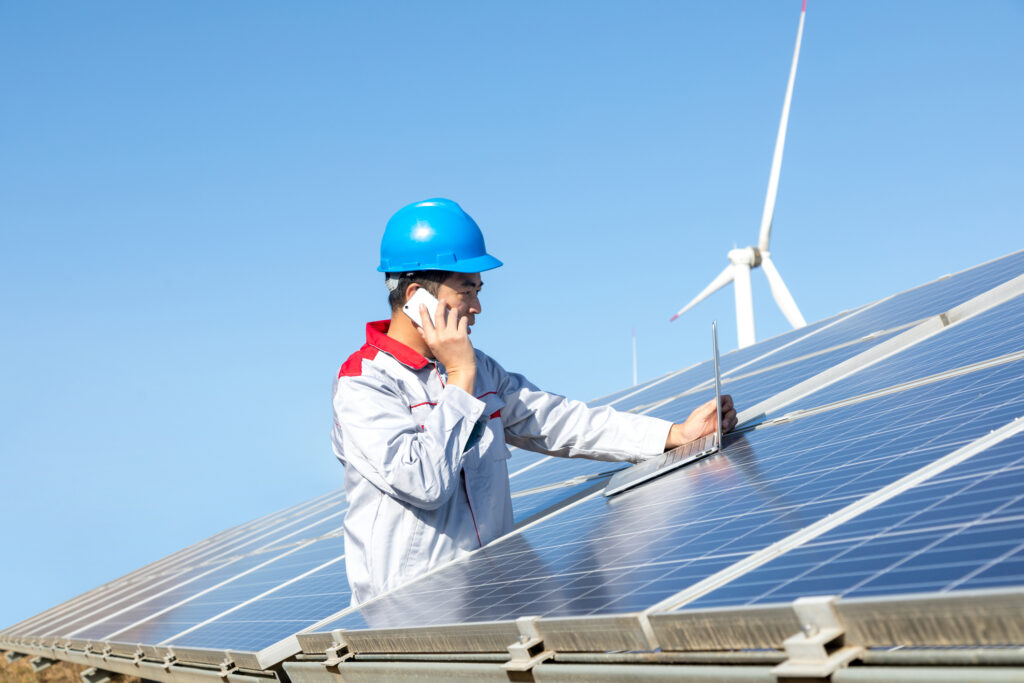
If you find any of the signs above, you must call WABO Roofing. We are your neighbourhood roofing professionals, and we can help in repairing or installing a new roof vent fan for your home.


